Vinyl vs Faux Wood vs Real Wood: Which Plantation Shutters Are Worth the Cost?
Plantation shutters, also known as estate shutters, are popular for window treatments due to their timeless elegance, remarkable durability, and energy-saving properties. These window coverings are constructed with horizontal slats or louvers that can be easily adjusted to control light and air while offering privacy and insulation from temperature extremes.
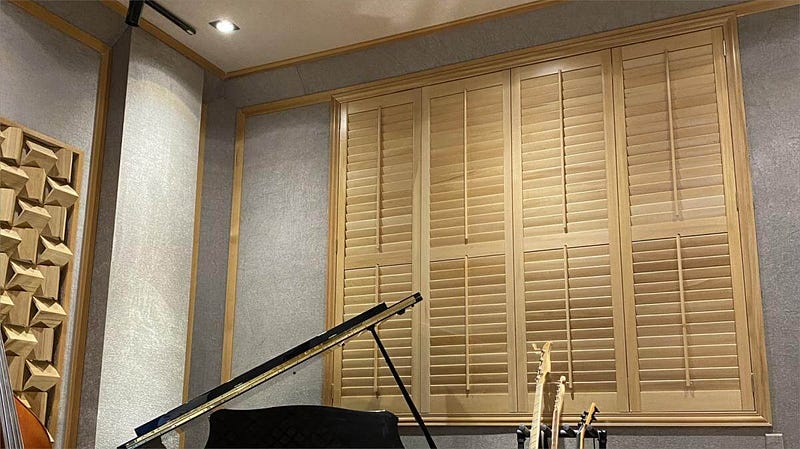
However, when it comes to plantation shutters, not all are created equal. Their cost, quality, and performance vary significantly depending on the material used. The three most common materials for plantation shutters are vinyl, faux wood, and real wood. Let’s explore these options, weighing their advantages and disadvantages, to help you make an informed choice.
Cost Considerations
The cost of plantation shutters hinges on various factors, including the size and number of windows you intend to cover and the material of the shutters. According to HomeGuide, plantation shutters typically range from $145 to $347 per window, with an additional installation cost of $20 to $45 per square foot. Here’s a breakdown of the costs associated with each material:
- Vinyl: Vinyl plantation shutters are the most economical choice, typically ranging from $20 to $30 per square foot. Made from polyvinyl chloride (PVC), these shutters are lightweight and moisture-resistant, making them ideal for bathrooms and kitchens.
- Faux Wood: Faux wood shutters are the next most affordable option, costing between $25 and $35 per square foot. Comprised of composite materials, such as medium-density fiberboard (MDF), they emulate the appearance of real wood while being more resistant to moisture and insects.
- Real Wood: Real wood plantation shutters are the most expensive, ranging from $35 to $45 per square foot. These shutters, crafted from natural hardwoods like basswood, poplar, maple, or oak, exude a rich and warm aesthetic, enhancing the value and elegance of your home.
Aesthetic Appeal
The appearance of plantation shutters is closely tied to the material from which they are crafted. Each material has unique characteristics that affect its visual appeal.
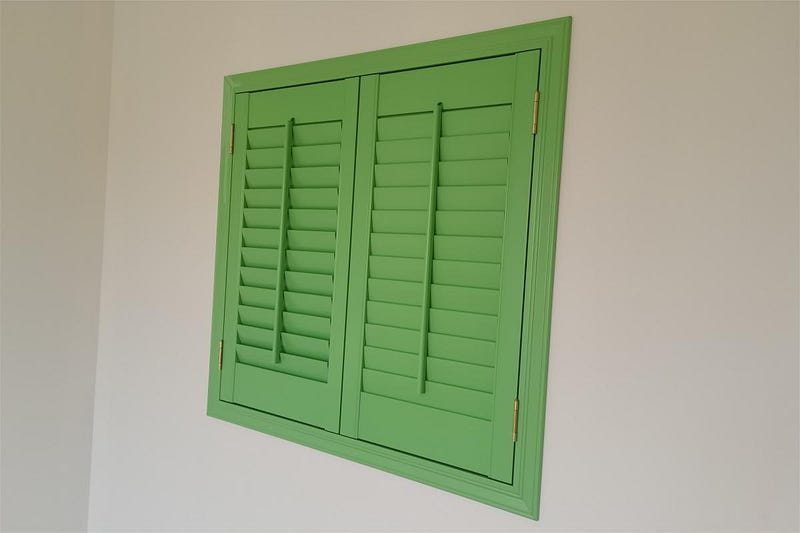
- Vinyl: Vinyl shutters have a smooth, glossy surface that can be painted or stained in various colors. However, they appear more artificial and plastic-like than wood shutters. Additionally, vinyl shutters offer limited design flexibility, making them less suitable for irregularly shaped windows.
- Faux Wood: Faux wood shutters provide a more realistic wood-like appearance when compared to vinyl. They can replicate the color and grain of different wood types, such as oak or cherry, and can be customized with various paint or stain options. Moreover, they offer more design versatility, making them suitable for irregularly shaped windows.
- Real Wood: Real wood shutters boast the most authentic and natural appearance of all plantation shutters. Each piece possesses a unique color and grain, creating a distinctive look. These shutters can be customized to fit any window shape or size and painted, stained, or left unfinished to showcase their natural beauty.
Durability
The durability of plantation shutters depends on the material’s quality and how well they are maintained. Different materials offer varying degrees of resistance to wear and tear, moisture, insects, UV rays, and temperature fluctuations.
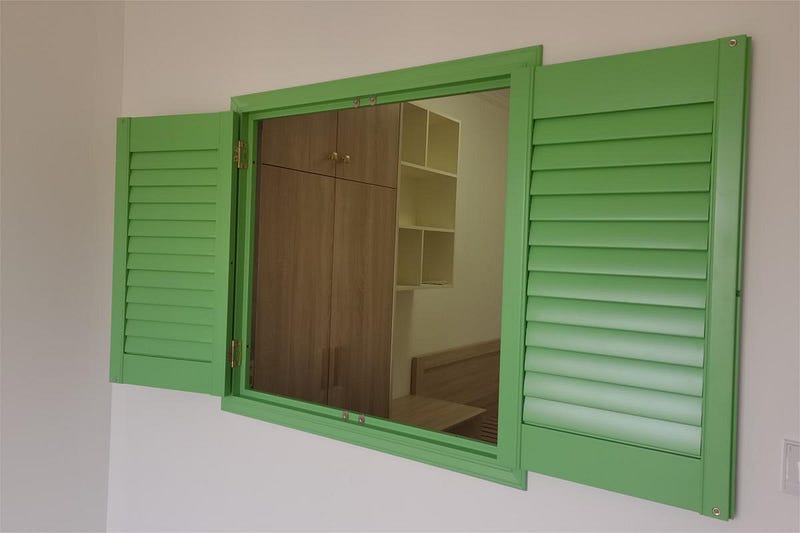
- Vinyl: Vinyl shutters are the most durable among all plantation shutters. They resist moisture, insects, UV rays, and temperature changes without warping, cracking, fading, or peeling over time. They are also easy to clean with soap and water.
- Faux Wood: Faux wood shutters are less durable than vinyl but more robust than real wood. They resist moisture and insects but are less resistant to UV rays and temperature fluctuations. Extreme heat or cold exposure can cause warping, cracking, fading, or peeling. Regular dusting and wiping with a damp cloth are required for maintenance.
- Real Wood: Real wood shutters are the least durable among plantation shutters. They are susceptible to moisture, insects, UV rays, and temperature changes. Without proper treatment and maintenance, they can warp, crack, fade, or peel over time. Maintenance includes regular dusting and polishing with a wood conditioner.
Maintenance Requirements
Maintenance for plantation shutters varies depending on the material they are made of and how frequently they are used.
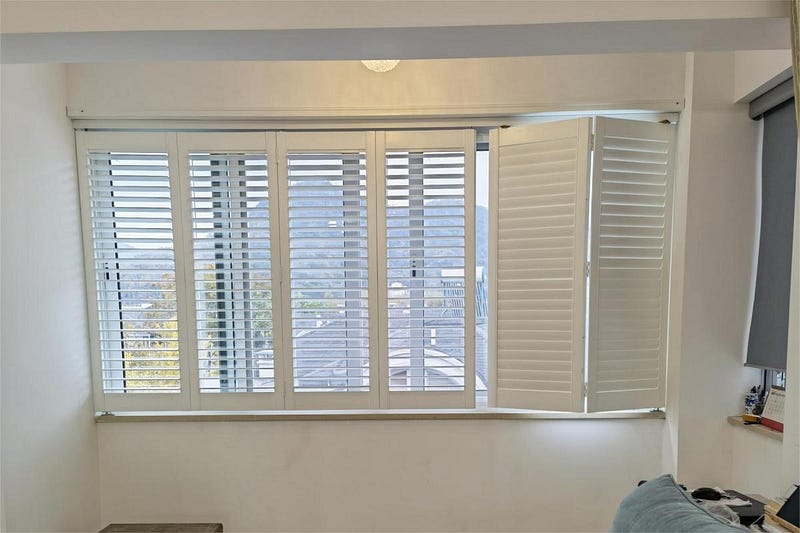
- Vinyl: Vinyl shutters are the easiest to maintain. They do not require special cleaning products or tools and can be cleaned with soap, water, mild detergent, and a soft cloth. Vinyl shutters do not need refinishing or repainting.
- Faux Wood: Faux wood shutters are moderately easy to maintain. They do not require special cleaning products or tools and can be cleaned with a dry or damp cloth and a mild detergent. Similar to vinyl shutters, they do not need refinishing or repainting.
- Real Wood: Real wood shutters are the most demanding in terms of maintenance. They require special cleaning products and tools and can be cleaned with a dry or damp cloth and a wood cleaner. Refinishing or repainting is necessary to protect them from moisture, insects, UV rays, and temperature changes.
Environmental Impact
The environmental impact of plantation shutters depends on the material used and their disposal. Different materials have varying effects regarding energy efficiency, carbon footprint, and recyclability.
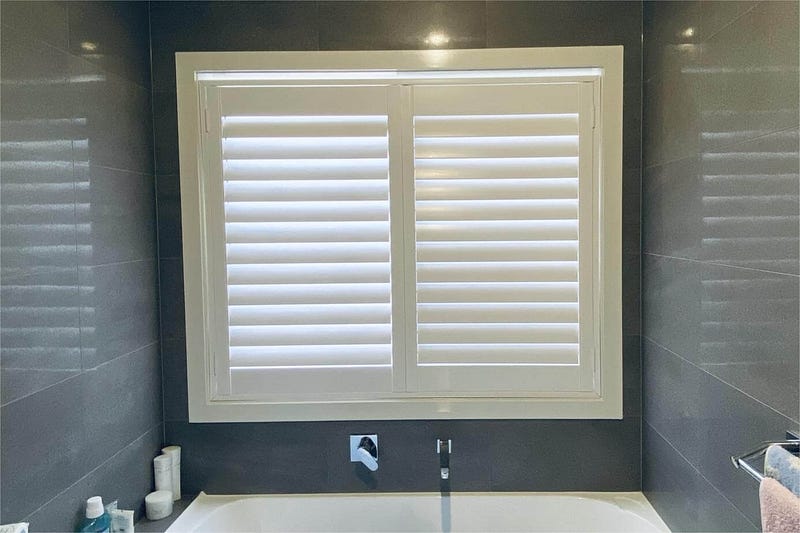
- Vinyl: Vinyl shutters have the lowest environmental impact. They are energy-efficient, offering excellent insulation from both heat and cold. Their production relies on recycled materials and generates minimal emissions. Moreover, vinyl shutters are recyclable and can be repurposed.
- Faux Wood: Faux wood shutters have a moderate environmental impact. They provide good insulation and are made from recycled wood fibers and resin, but some chemicals are used in their production. While they can be partially recycled by breaking them down into smaller pieces, their environmental footprint is higher than vinyl.
- Real Wood: Real wood shutters have the highest environmental impact. Although they offer natural insulation, they are crafted from natural hardwoods, necessitating deforestation and transportation. Real wood shutters are not recyclable and cannot be repurposed.
In conclusion, when choosing plantation shutters, it’s essential to consider factors such as cost, appearance, durability, maintenance, and environmental impact. Assessing your needs and preferences will help you make the best decision for your home.
